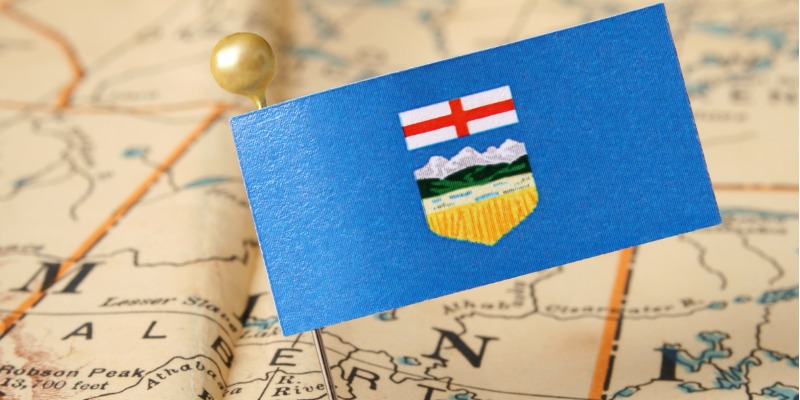Alberta’s new spending rule—the good, the bad and the ugly

It’s difficult to remember a budget that has been interpreted so differently by leading Canadian economists and commentators than the Smith government’s first budget in Alberta. Depending on who you ask, the budget is either a free spending budget or a fiscally prudent document that puts the province on firm fiscal footing.
One dimension of the budget that has produced divergent assessments is the government’s “fiscal framework” meant to guide future spending decisions—specifically, the government’s commitment to hold spending growth to the combined rate of population growth and inflation. Here, we consider the good, bad and ugly dimensions of this proposed fiscal rule.
The good thing about a long-term fiscal rule tying spending to population growth plus inflation is that it’s theoretically sound. The International Monetary Fund recommends governments choose fiscal rules where the government has a good deal of control. A spending-focused rule passes this test since governments usually have more control over spending than revenues, which go up and down with the business cycle.
Now the bad. A big problem with the specific target of maintaining current per-person spending is that this goal is inadequate to meet Alberta’s fiscal challenges. The province’s spending levels currently greatly exceed its ongoing tax revenues including personal income and corporate income taxes. A budget surplus only exists for the time being because resource revenues are historically high. If the government’s ambition on spending discipline is limited to preventing inflation-adjusted per-person spending from growing even more, Alberta’s fiscal challenges will be around for a long-time.
Alberta’s recent fiscal history proves this fact. Although the budget presents holding spending to inflation plus population as a new idea, in reality this is what successive governments in Alberta have roughly done for the past decade. Data from the Finances of the Nation project show inflation-adjusted per-person spending in 2021/22 was almost identical to what it was in 2011/12. And yet the province ran near constant deficits and accumulated piles of debt during this time.
Why? The steady spending levels were the result of a massive spending surge throughout the 2000s that left the province at a spending level it couldn’t afford in the absence of either economically damaging tax hikes or big infusions of natural resource revenues. If Alberta’s finances were in good shape, a rule holding spending to inflation plus population would make good sense. But since the province is currently overspending relative to ongoing tax revenue, it’s inadequate to fundamentally solve its fiscal challenges.
Finally, the ugly. Because the new rule will be created by simple statutory legislation, it can easily be discarded. History shows fiscal rules that lack teeth are often ignored. For example, Alberta had a fiscal rule limiting the province’s debt-to-GDP ratio to 15 per cent, but this rule was simply swept away and scrapped by the Notley government in 2016 when it forecasted the ratio would exceed this artificial maximum by 2019. University of Calgary economist Trevor Tombe bluntly explained how this problem applies to much of the Smith government’s new fiscal framework when he stated it “will almost surely be abandoned by future governments.”
The Smith government deserves credit for trying to create fiscal rules. What’s more, the government’s proposed spending rule is rooted in some strong government finance principles. Yet, the fiscal framework’s implicit rejection of the need to bring spending down, combined with the lack of enforcement tools, make it an inadequate mechanism to repair Alberta’s finances.
Authors:
Subscribe to the Fraser Institute
Get the latest news from the Fraser Institute on the latest research studies, news and events.

